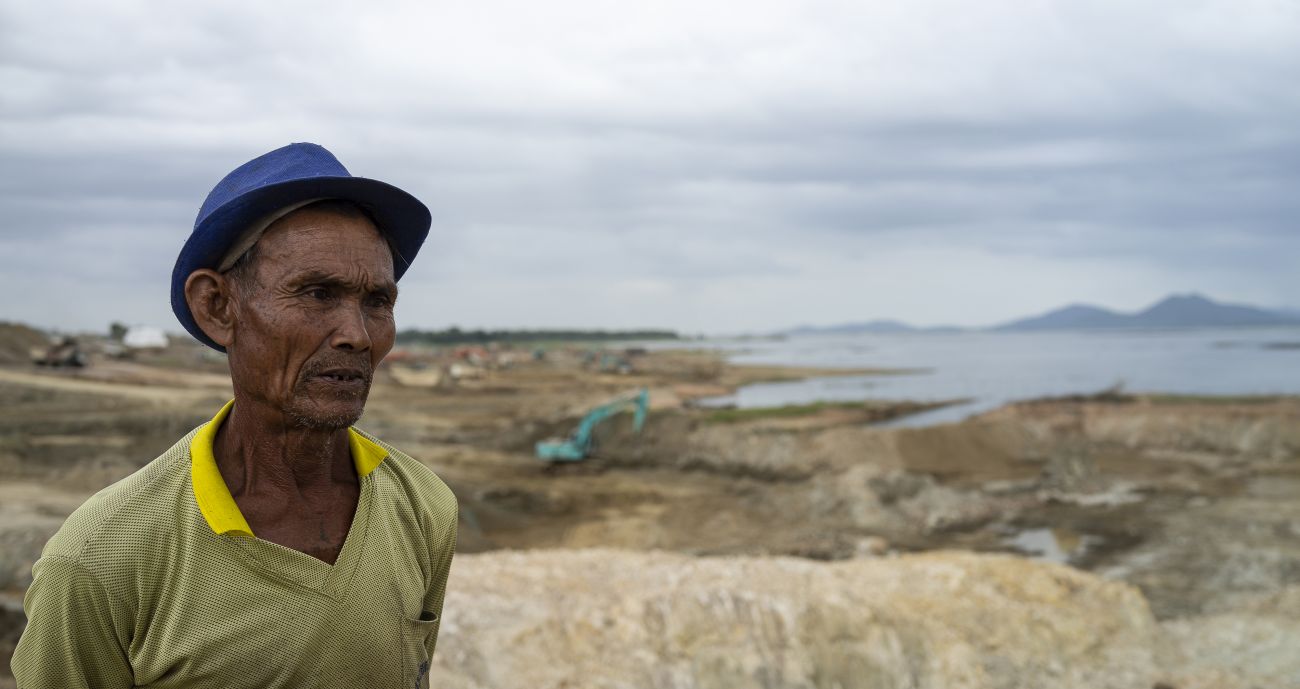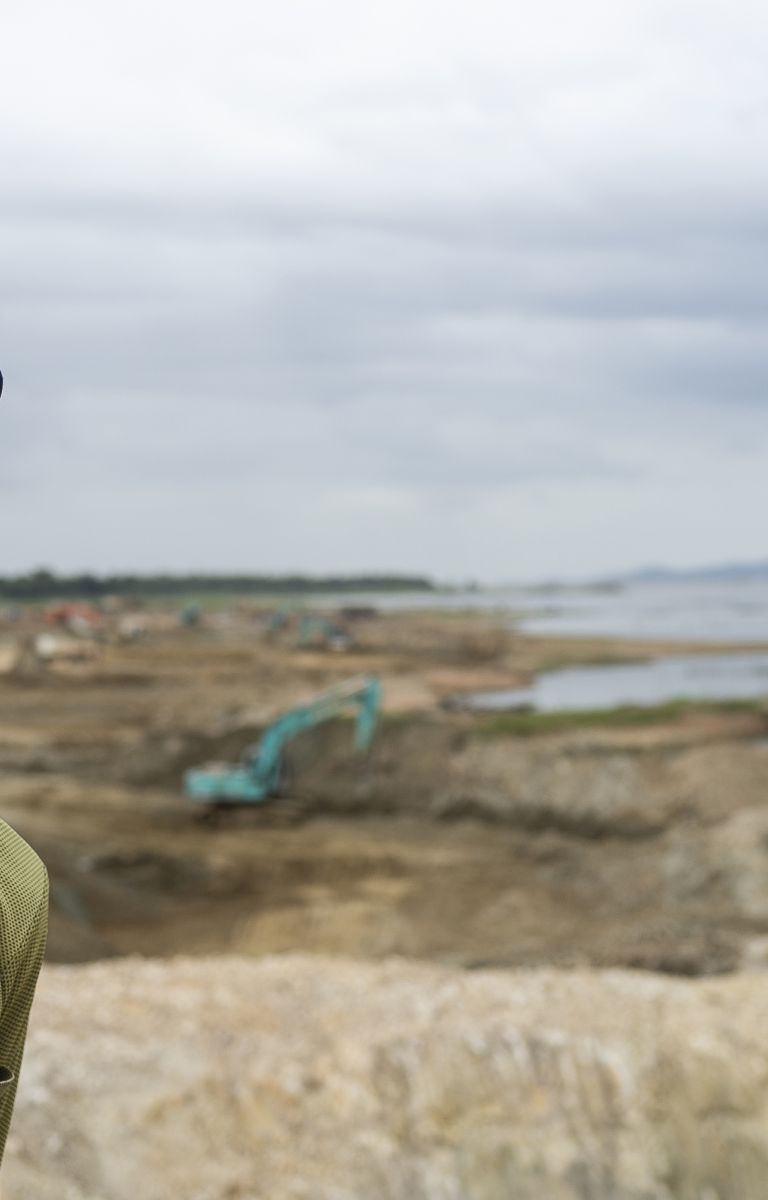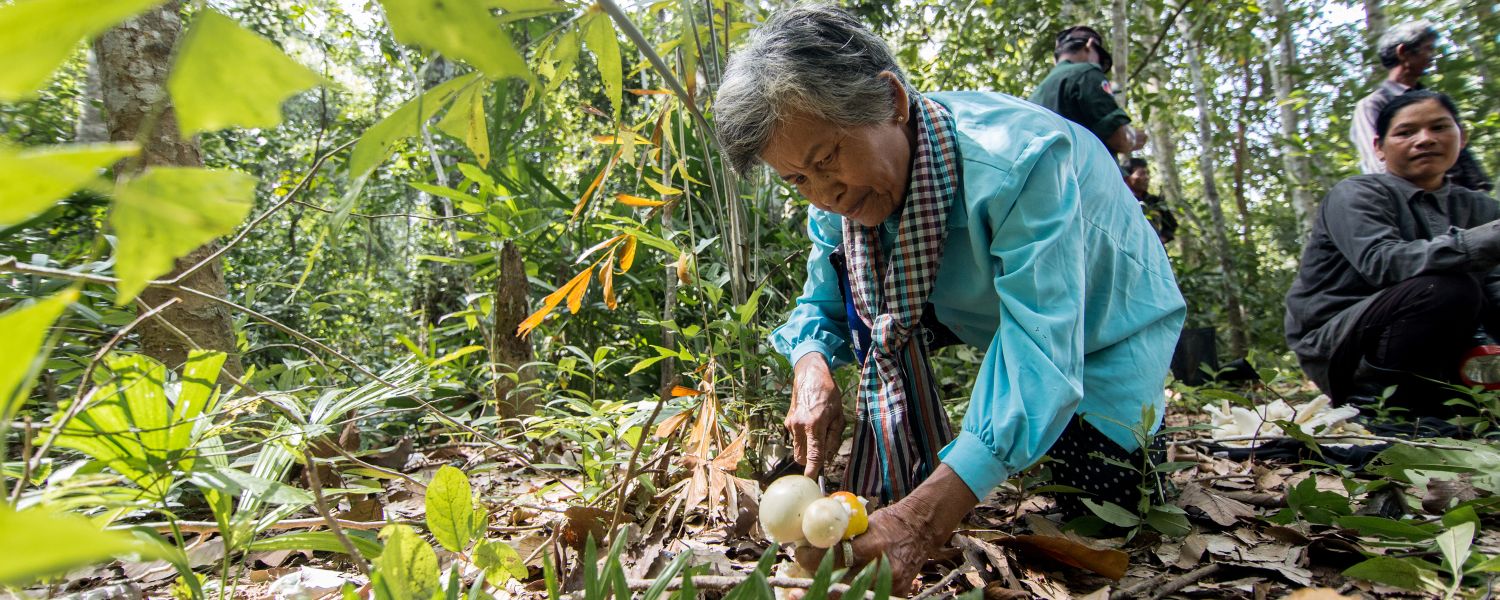

According to FAO’s Global Forest Resources Assessments, Southeast Asia lost more than 30 million hectares of forests between 1990 and 2015. This was more than 11 percent of its total forest area. The loss had significant socio-economic and environmental impacts, particularly on poor and rural communities.
Forest loss and degradation exacerbate local and global problems related to food and livelihoods, clean water, fresh air and the climate. Degraded landscapes are also more vulnerable to natural disasters and extreme weather conditions, such as heavy rainfall, floods and landslides.
FLR has great potential to address these issues by enhancing landscapes in ways that ensure lasting benefits. Benefits include better local climate regulation, improved flood and erosion control, an increased variety and availability of food and non-food products, and economic opportunities for local people.
FLR can support climate change mitigation and adaptation, while enhancing ecological and livelihood values for the landscape and its people. In time, this can translate into improved quality of life and increased resilience of people who depend on forests.

Benefits of FLR
-
Environmental protection: FLR enhances forest protection and restoration, soil conservation, water source protection, air quality, local climate and biodiversity conservation.
-
Sustainable livelihoods: FLR increases supplies of landscape products such as food, water, timber and biomedicines. Therefore, FLR offers communities that depend on forests opportunities for income generation and sustainable livelihoods.
-
Climate resilience and disaster risk reduction: FLR can support climate change mitigation and adaptation while enhancing ecological and livelihood values for the landscape and its people. The improvement of forest and other resources through FLR processes can also reduce disaster risks such as floods, droughts, landslides or outbreaks of pests.
- Transparency and accountability: FLR provides opportunities to improve or create new institutional structures for stakeholder engagement. It boosts stakeholder consultations, participation and ownership. This can bring greater transparency and accountability to decision-making processes on contentious issues such as land tenure, land-use management and water access.
- Social inclusion: FLR promotes meaningful participation in decision-making by disadvantaged groups, whose voices and opinions are often ignored. This includes poor and landless people, women, youth, and ethnic minorities and indigenous groups. These groups may become empowered and more widely acknowledged by other stakeholders as a result of participatory processes, capacity building and improved economic and social returns from their sustainable practices.
- Cross-sectoral integration: FLR promotes stronger collaboration among landscape stakeholders and brings sectors together to negotiate solutions at the landscape level.
- Sustainable development: FLR can contribute to the achievement of the UN Sustainable Development Goals (SDGs), particularly towards SDG1, 2, 5, 6, 13 and 15.
